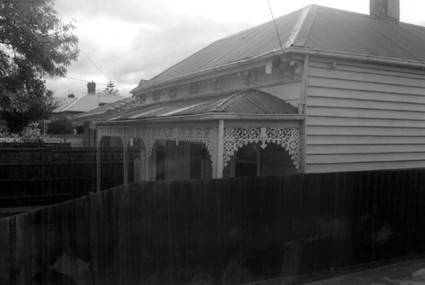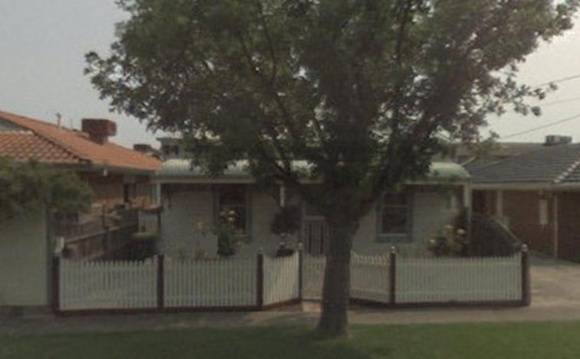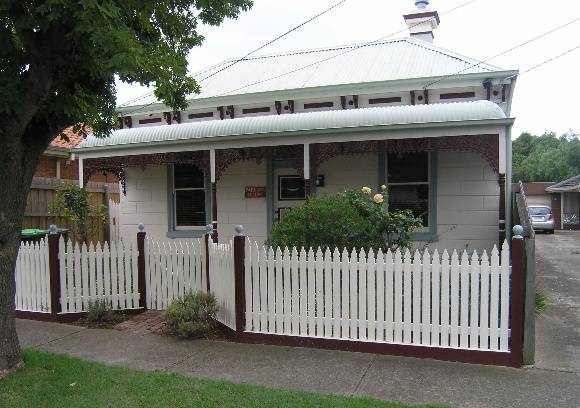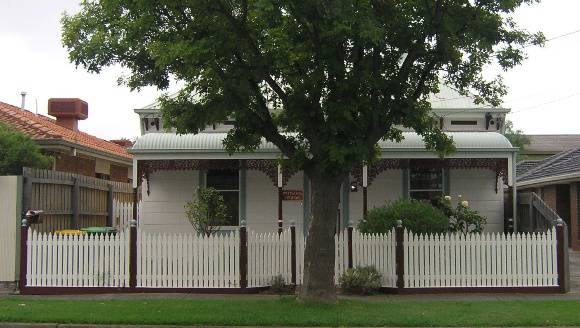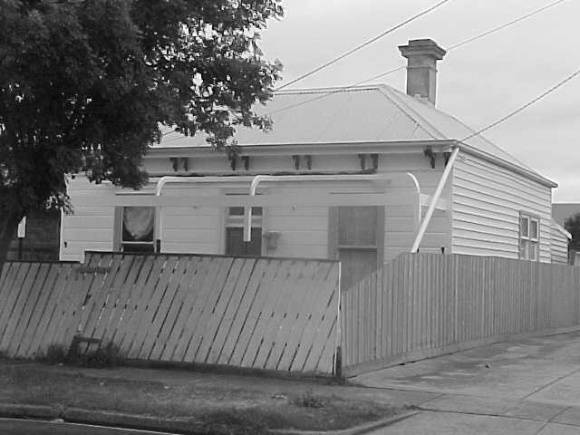| Back to search results » | Back to search page » |
|
Parsons House; 114 Morris Street, SUNSHINE
Other NameParsons house, weatherboard, 1890s, Individually listed, Local significance in 2000 study #113 Location114 Morris Street, SUNSHINE VIC 3020 - Property No 113
File Number1922LevelIncl in HO area indiv sig |
|
Statement of Significance
Individual place statement of significance:
:
Precinct statement of significance::
Of local historical and architectural significance as
arelativelywell-preserved and rare example of nineteenth century
housingwhich isparticularly unusual in Sunshine. It is one of the very
fewhouses inthe City of Brimbank to survive from the days of
Melbourne'slatenineteenth century suburban housing boom and subsequent
Depression.Itis also the only remaining building in Sunshine associated
withtheearly days of the notable Parsons family, especially
EdmundParsons,co-founder of the firm Parsons & Lewis - Horsehair
DrawersandCurlers, a unique and important industry which became
significant inanational context.
The Railway Station
Estate - Wright & Edwards Heritage Area is of regional historical
and architectural significance as a sub-division first developed in
the speculative boom of the 1880s. This related to the
industrialisation of the area and the creation of a new suburb - the
township of Braybrook Junction. The few remaining houses of the early
1890s are amongst the oldest in the district and are a remarkable
survival from the era of the 1890s Depression, when many newly-built
houses were moved.
The subdivision is significant for its unusual (for the City of
Brimbank) late nineteenth century plan with a simple grid of streets,
divided into narrow allotments and with rear service laneways. The
pattern was unrelieved by any provision for recreation, community
facilities or other services. The earliest sold allotments were either
intended to be for narrow terrace-type houses, or were subdivided.
Allotments first sold in the 1920s were larger, perhaps in response to
the impact McKay's subdivisions was having on aspirations of new
residents. The houses tend to be simple double fronted plan,
asymmetric with a projecting gable, weatherboard clad with corrugated
iron roofs.
This subdivision is also significant for its diversity and the
range of housing from different periods, especially the years
immediately following the establishment of H.V. McKay's Sunshine
Harvester Works at Braybrook Junction. The area provides an
interesting comparison with H.V. McKay's housing estate, since many of
his Ballarat workers moved or built homes here in the early years of
the 20th century. The neighbourhood's population more than doubled in
ten years, with further expansion in the 1920s -30s and during and
after World War Two.
Group
Residential buildings (private)
Category
House


